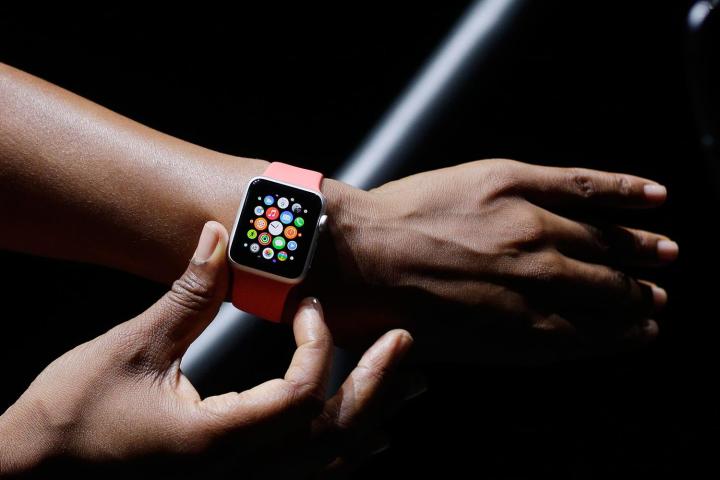
At this point, the main problem with smartwatches isn’t necessarily their hardware or design, but rather their functionality. Even Android Wear, which is widely regarded as the most functional of the smartwatch operating systems often feels unintuitive to use, and many of its apps are pretty useless. To succeed, the Apple Watch has to look as great and customizable as it did when Tim Cook showed it off last fall, and it has to work well, too.
Based on the app previews Mims saw, Apple takes many cues from Android Wear’s software, but refines the experience with slick, well-designed apps. When Apple released its app design guidelines for the Watch back in November, we got a pretty good idea of how the operating system will work. A recently released simulation also shows how apps will work on the Watch, to an extent. However, Mims’ report fleshes it all out.
Apparently, the Apple Watch will know when we’re taking a “short look” at a notification or an app, and when we’re taking a “long look” at the content. As soon as the Watch registers that you’re taking a long look at the app, it will display more content. Mims says photos and longer text will appear along with actionable buttons that allow you to interact with the content further.
Additionally, a single tap on the screen will bring up relevant apps and allow you to dive into pertinent info. Although the tech isn’t ready yet, Mims envisions the Apple Watch as a contextually aware device that can push you toward relevant info and direct you to useful apps based on where you are and what you are doing in that moment. Apple’s Bluetooth iBeacons should facilitate contextual suggestions from apps, including the location of products in stores, as well as information about important landmarks nearby.
The Apple Watch will rely heavily on location-based data to become relevant and useful to users, Mims hints. Other use cases such as mobile payments, wrist-based directions, and more will also be big features that distinguish Apple’s Watch from all the others.
Editors' Recommendations
- How to back up your Apple Watch in ten minutes or less
- The best Apple Watch Series 6 tips and tricks
- Huawei finds its niche with the sporty Watch GT Runner
- How the Huawei Watch GT 3 shows what an Apple Watch for Android would be like
- Apple Watch SE 2: What we want to see from the next budget Apple watch


